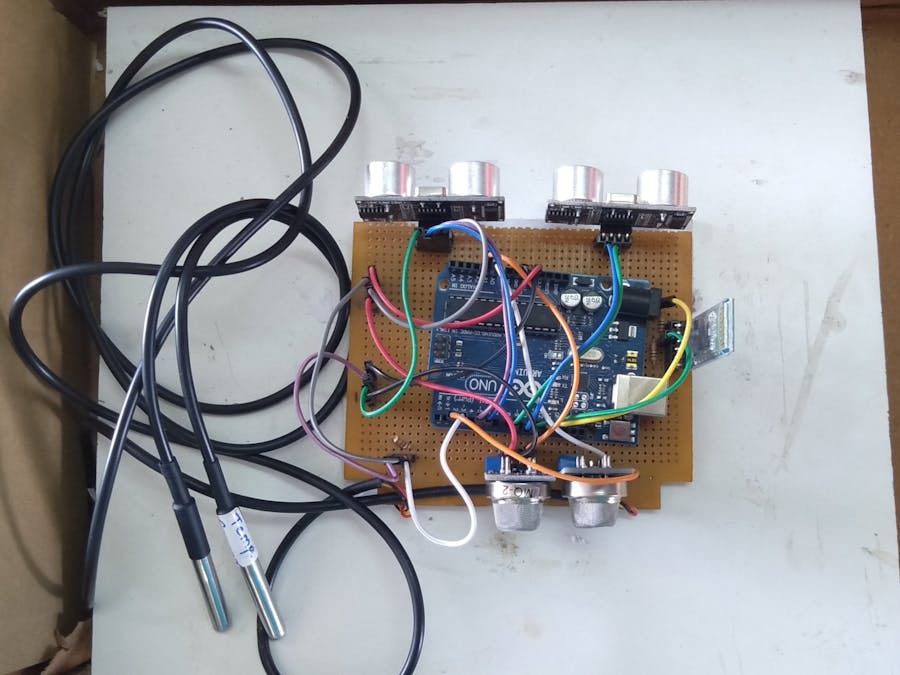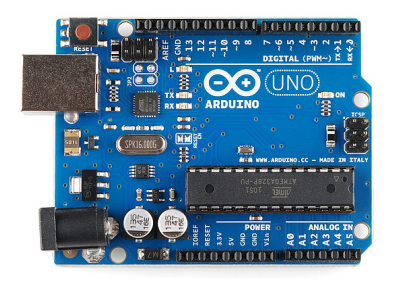In today’s world, technology plays an important role in every industry as well as our personal lives. Industrial systems are usually equipped with sensors to sense the surrounding environment and measure parameters crucial for their operation, example to check the fruit ripening in system, heavy duty machines in lathe and workshop. These sensors are susceptible to faults. Those faults might lead to task failure and can risk life. Detection of these faults at the grass root level is a major goal in developing countries. Industrial experts and engineers are constantly searching for new and innovative methods for early detection, better diagnosis and better functioning of a network. In recent years, computer-based monitoring system has become an inevitable part of the environment. Sensor fault detection system must have the capabilities for identification and isolation which can be responded within a short time under adverse conditions. The key problem for all these resembles with which to spot and accommodate faults is detecting an effective representation for use in converting raw data to features, thereby being able to reason with these features and constructing recommendations consistent with the uncertainty in the measurements.
I propose a substructure for sensor fault detection, isolation of faults, and control reconfiguration of more sensors used in control processes.Supervisory recolonization activities deals with the remarking and distinguishing of sensor faults according to logical and functional rules with the values acquired from the representation layer, and then the sensor is recomposed to avert the unfavorable situations.
The motivation behind this project is to monitor the sensor fault detection. Also to observe the different parameters that can affect the performance of the device such as environment, presence of dust particles, distance misalignment etc. Develop the device that has fast response and can be monitored via a mobile application in real time.













Comments
Please log in or sign up to comment.